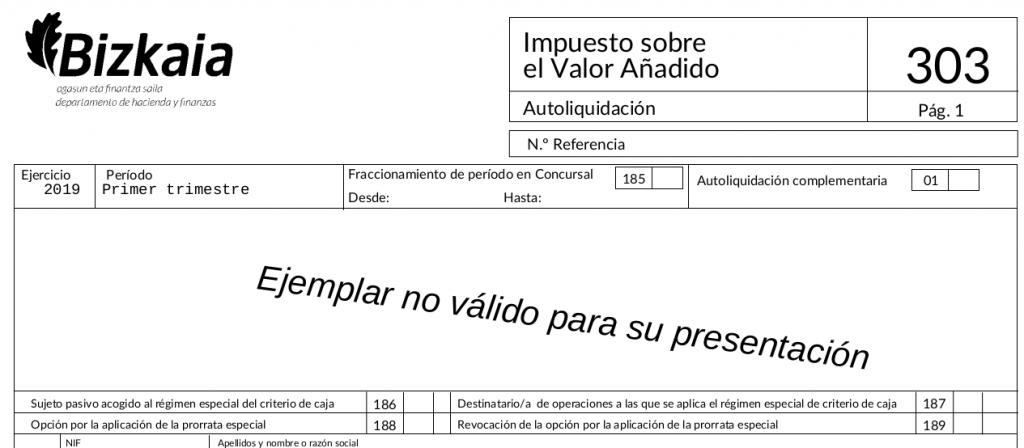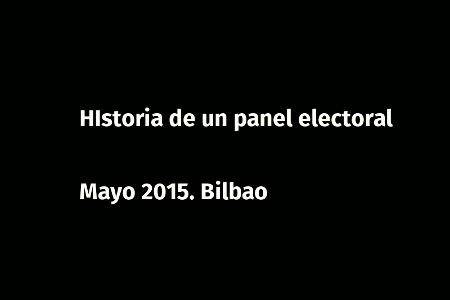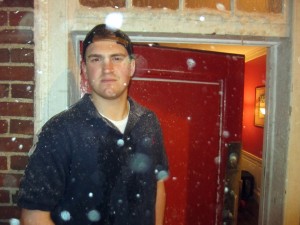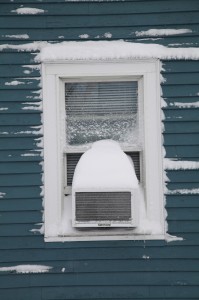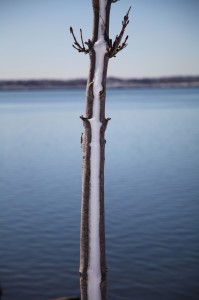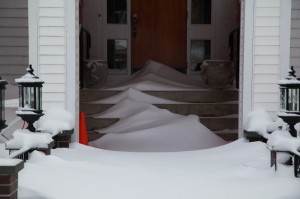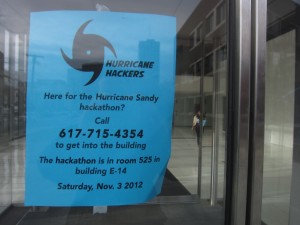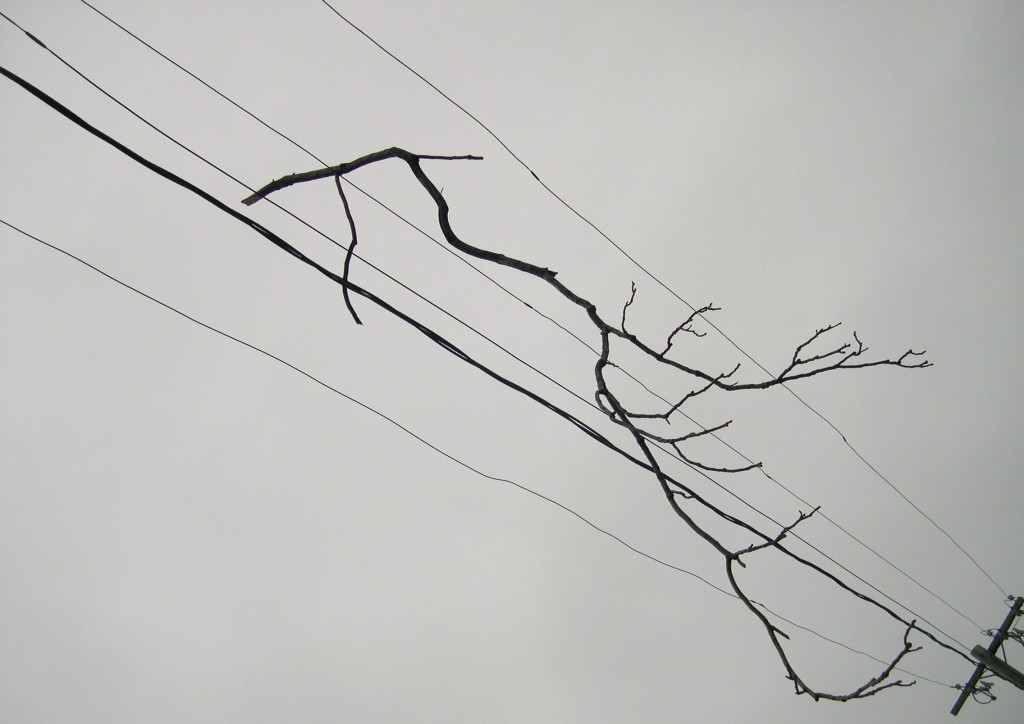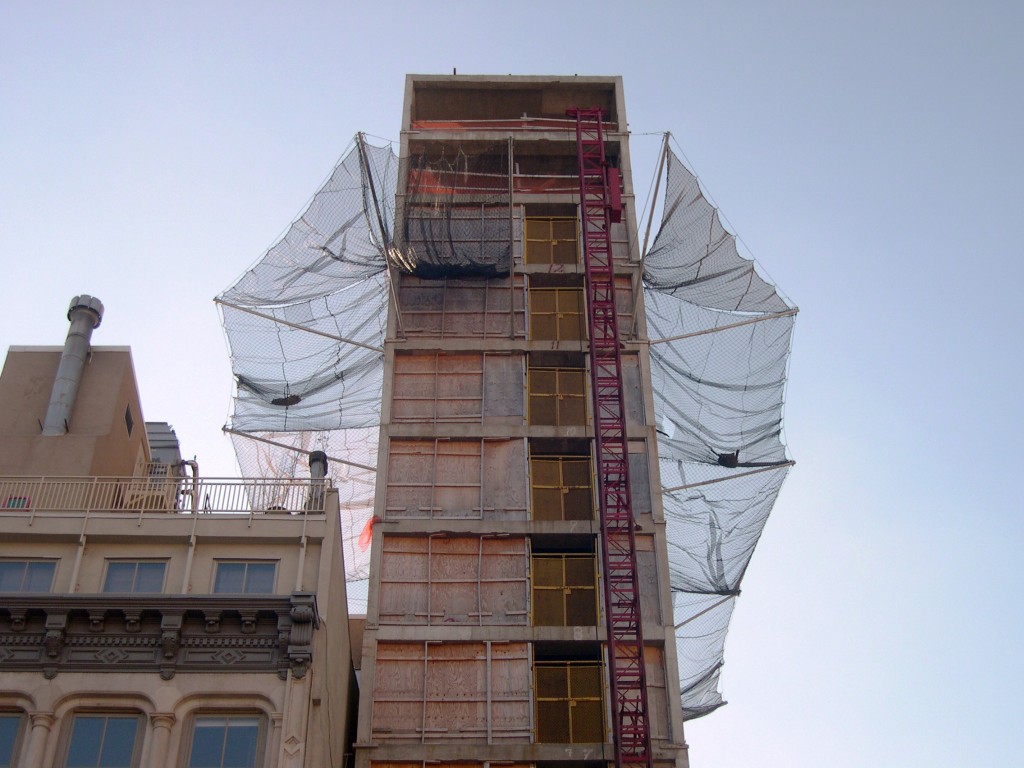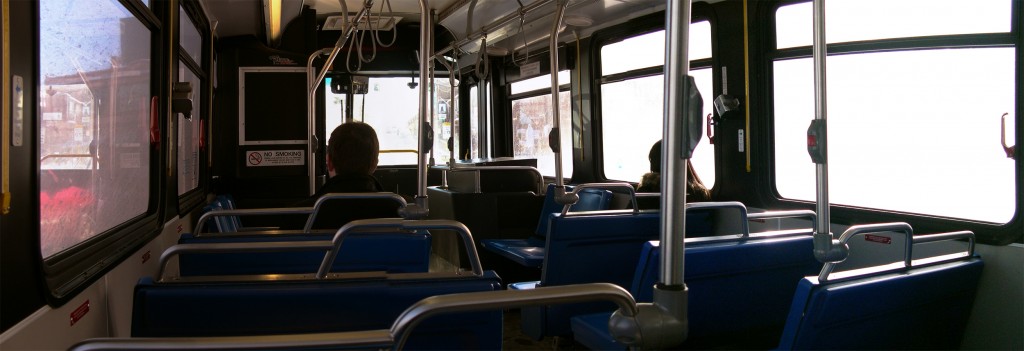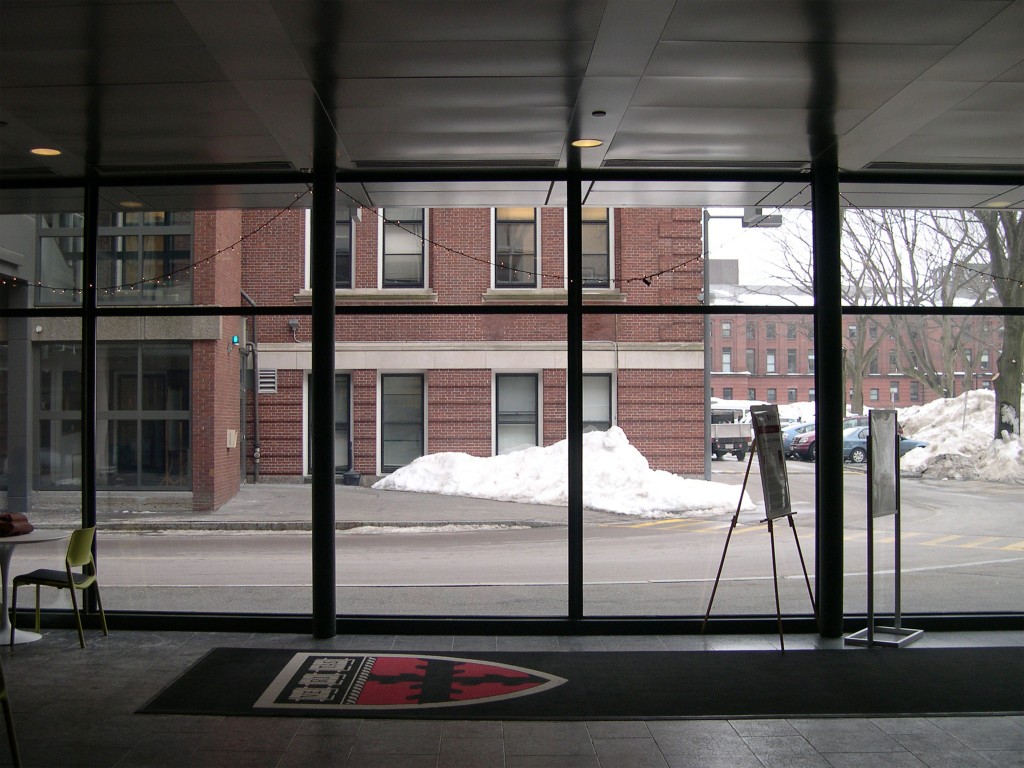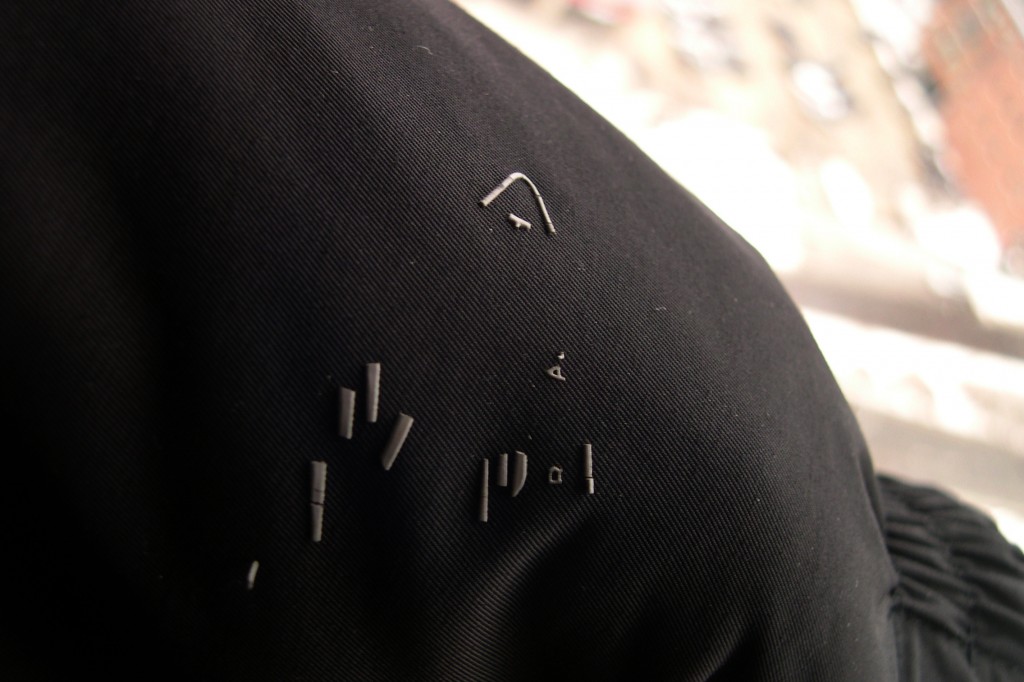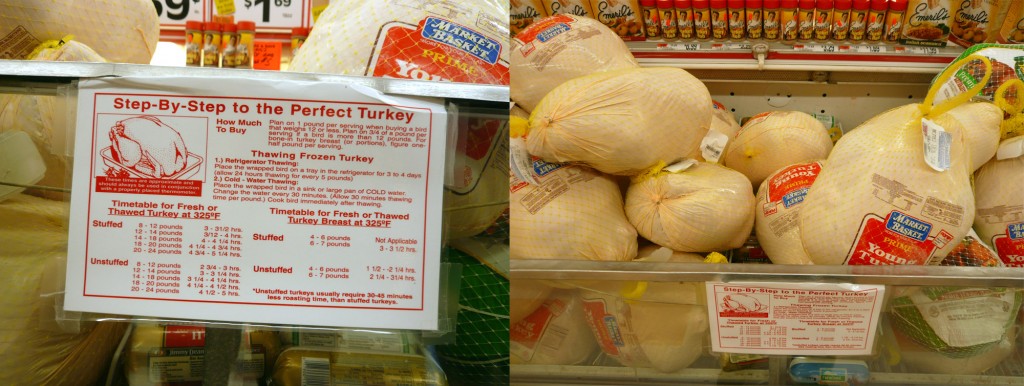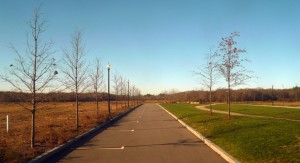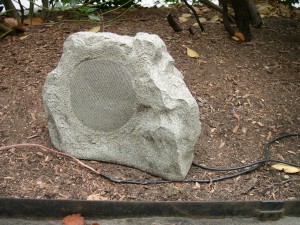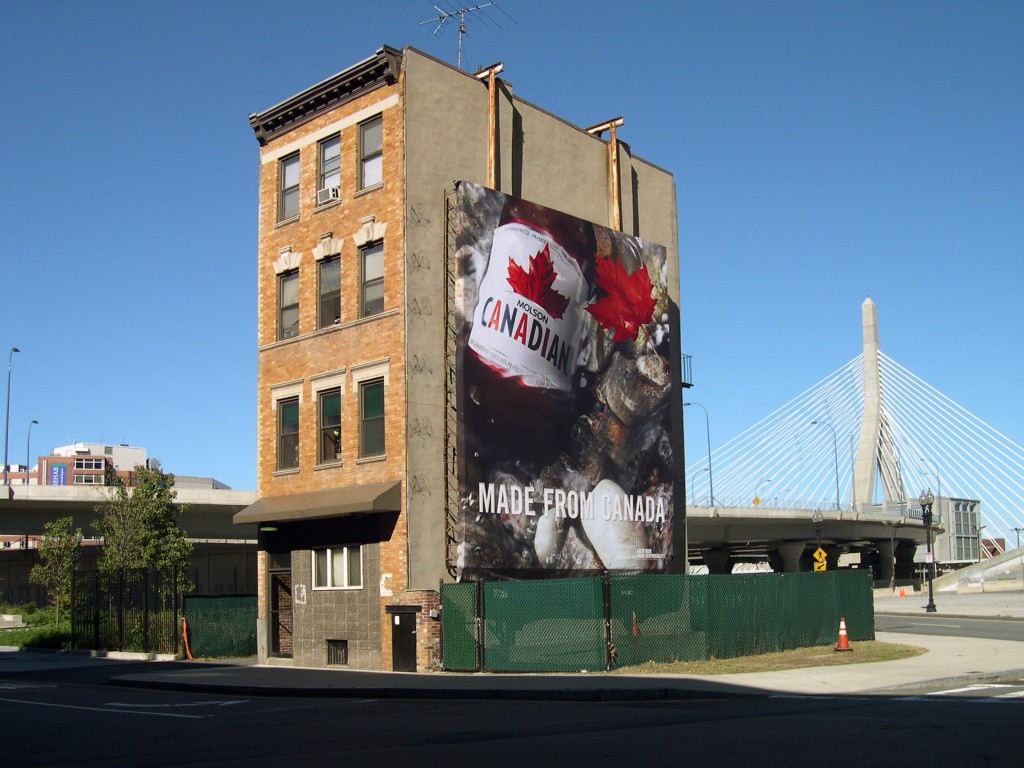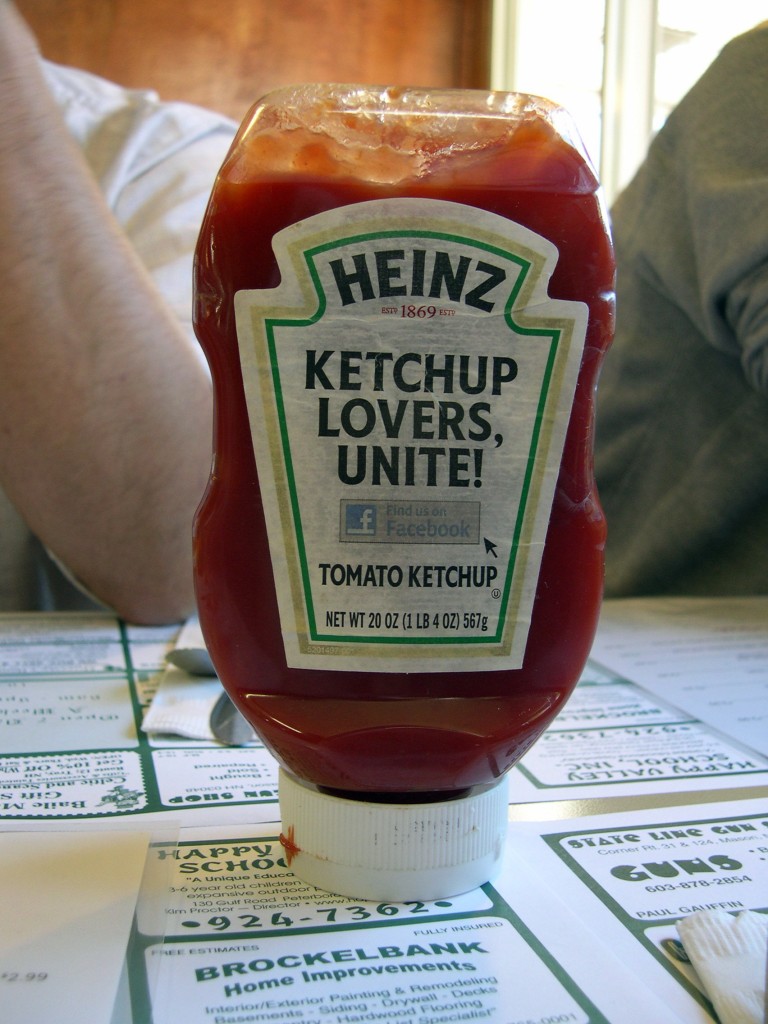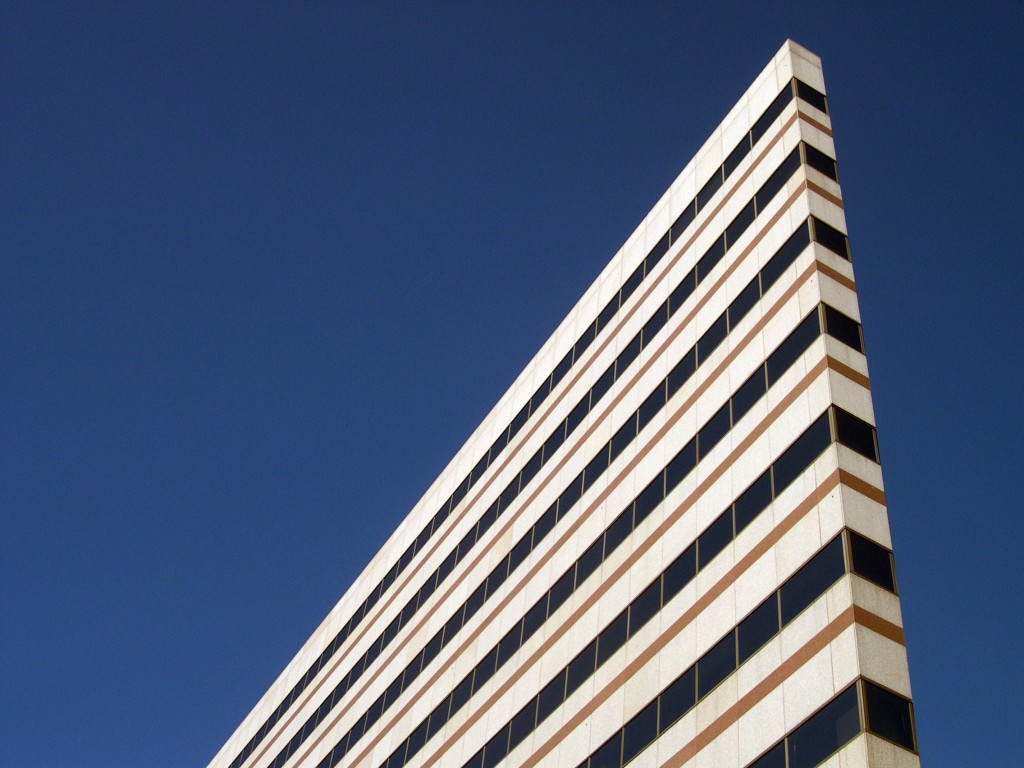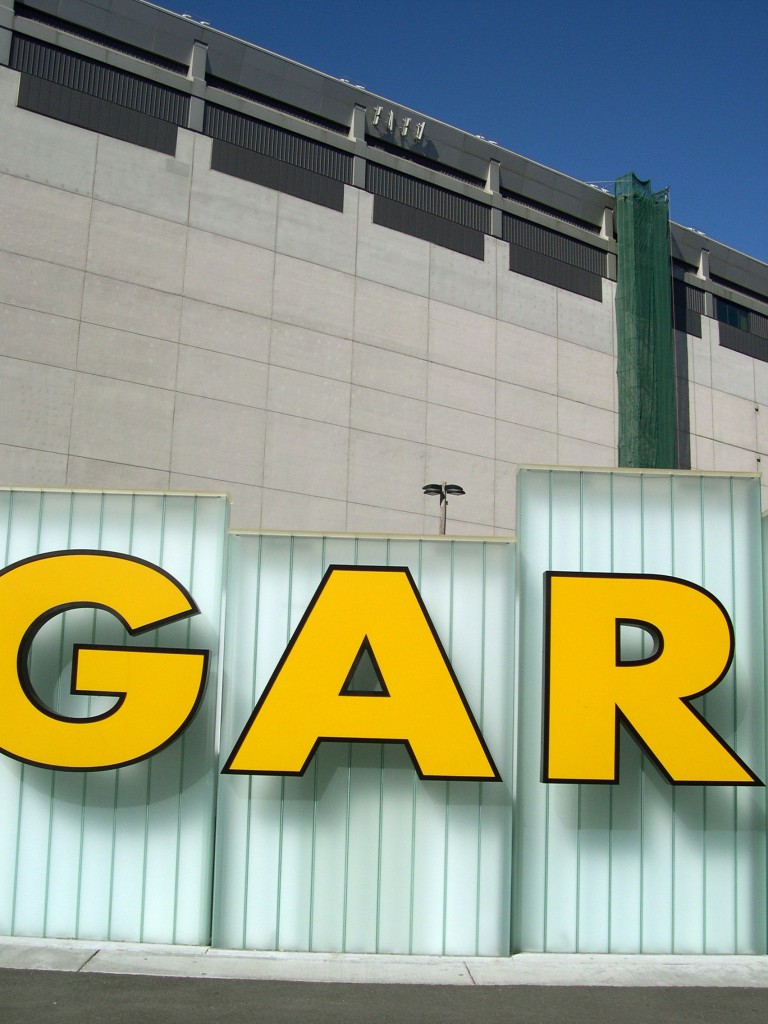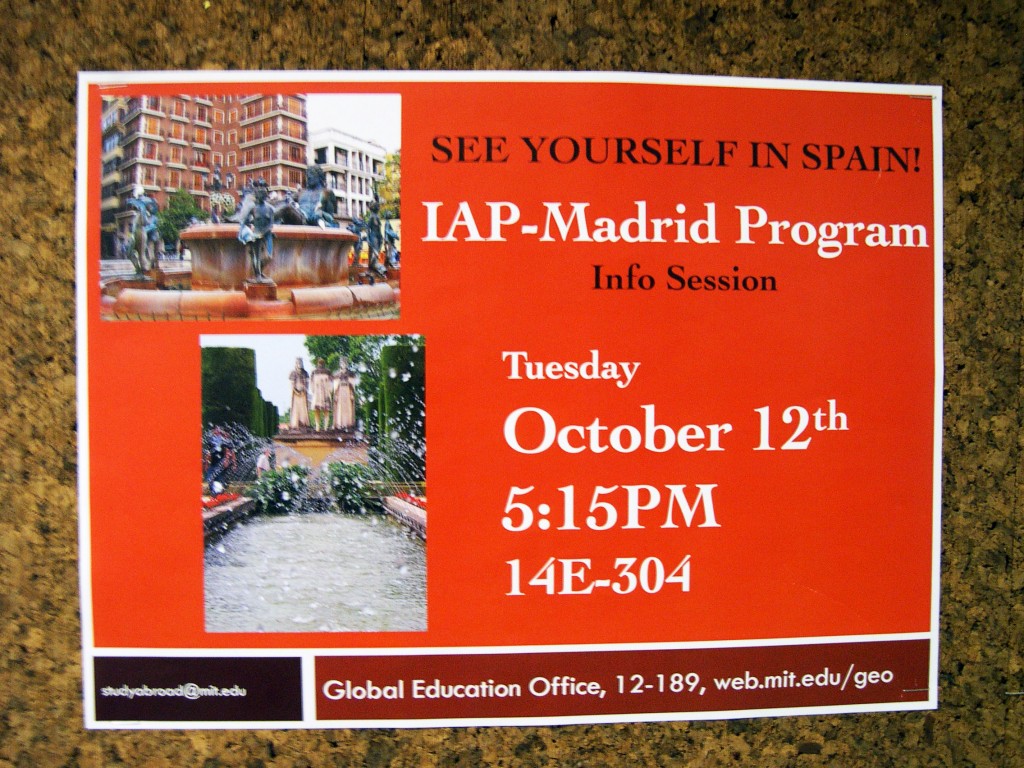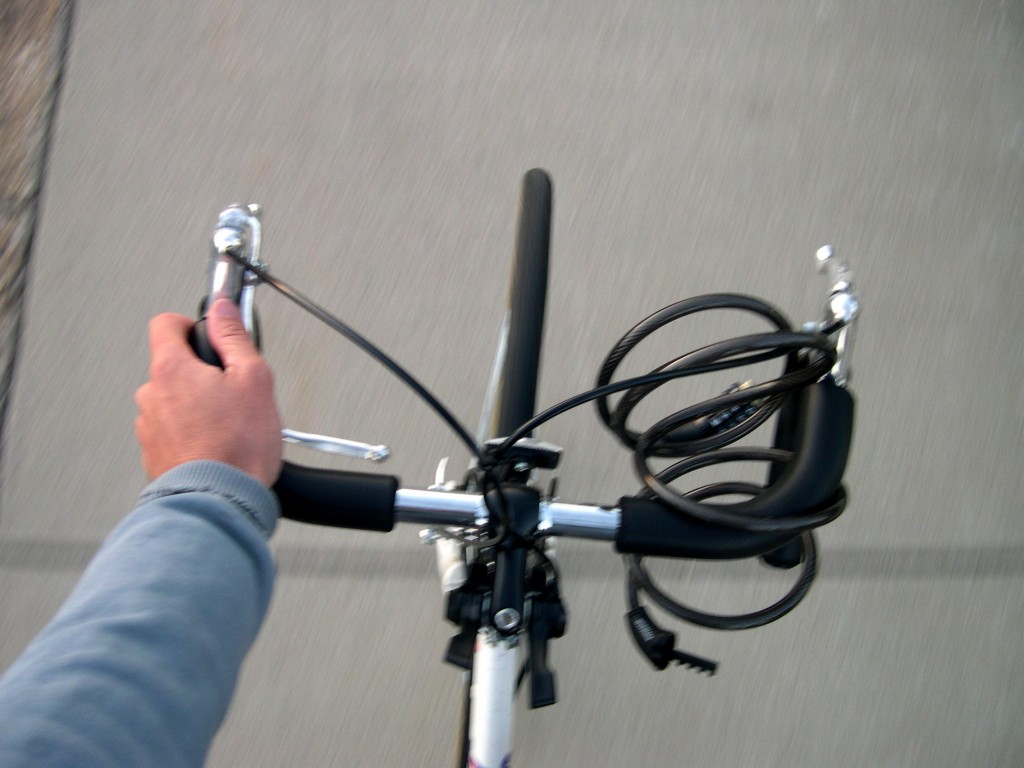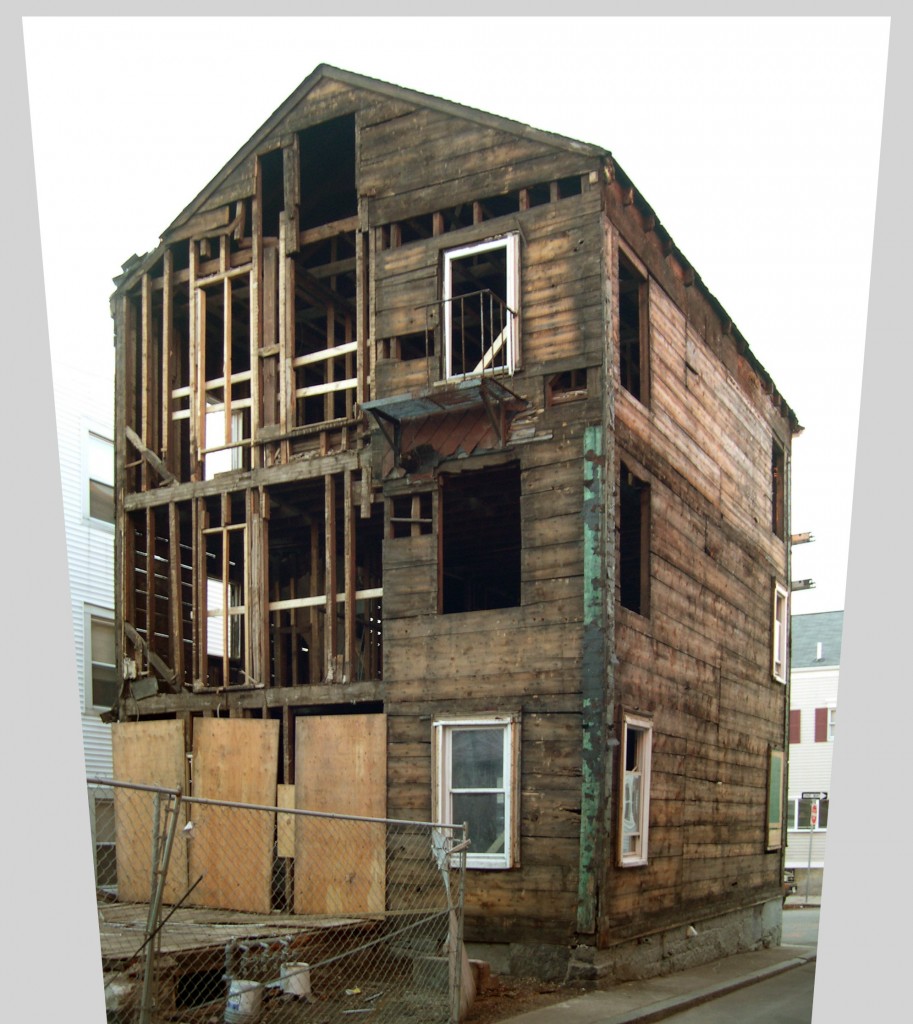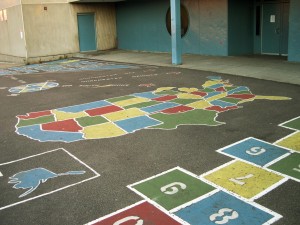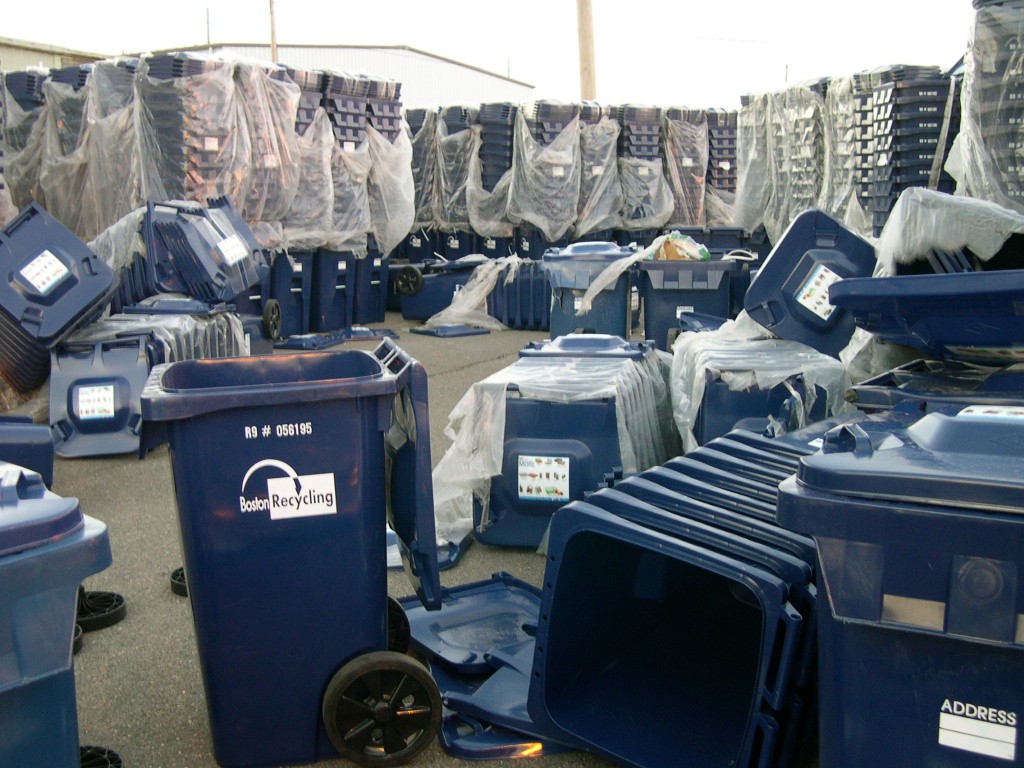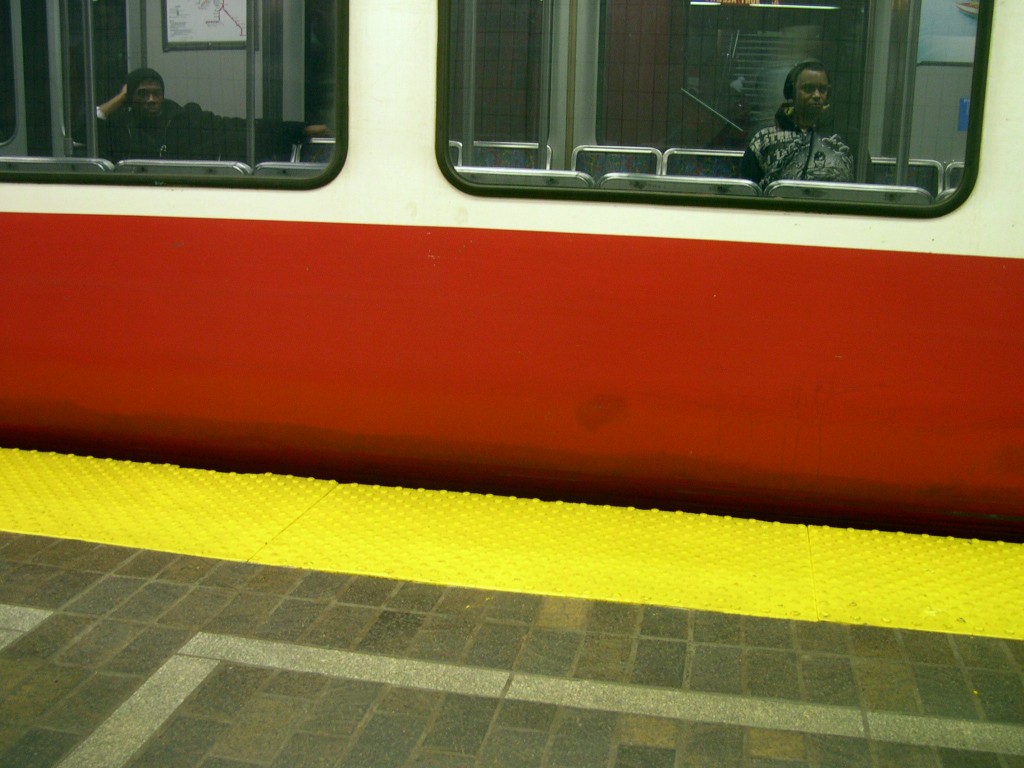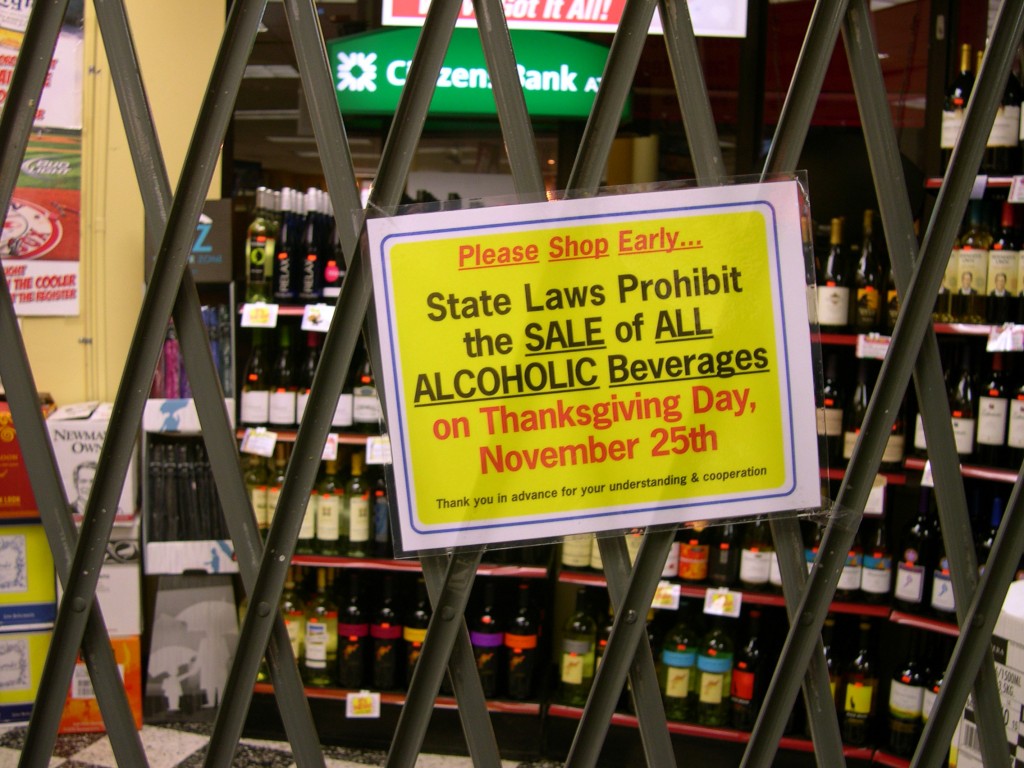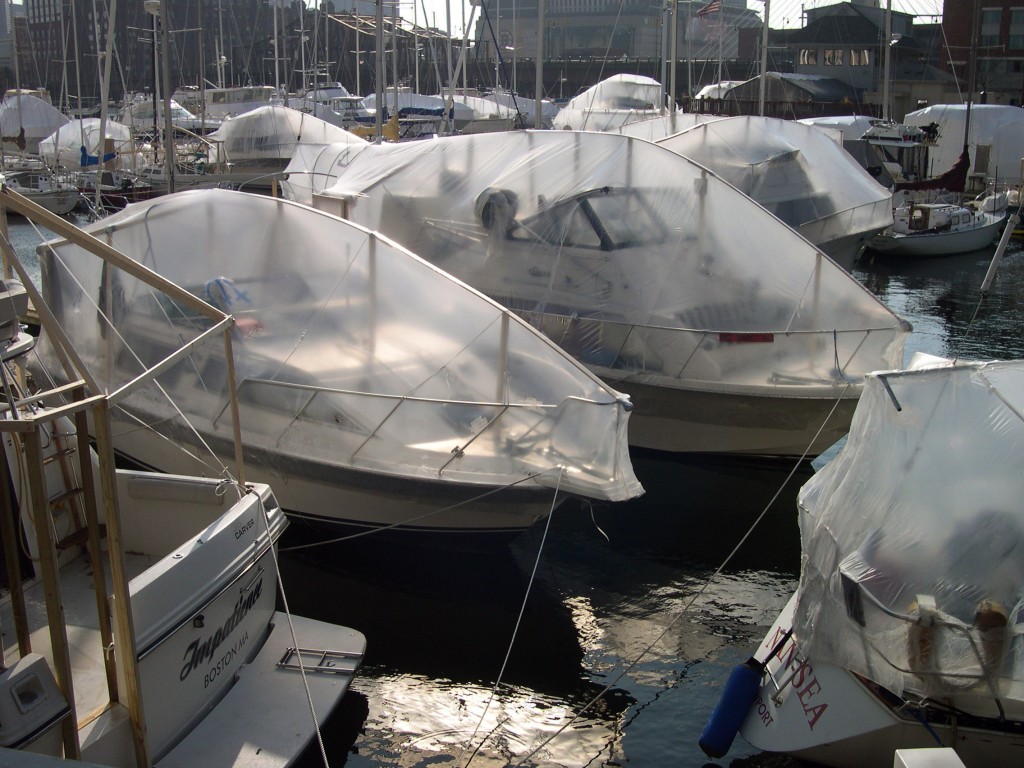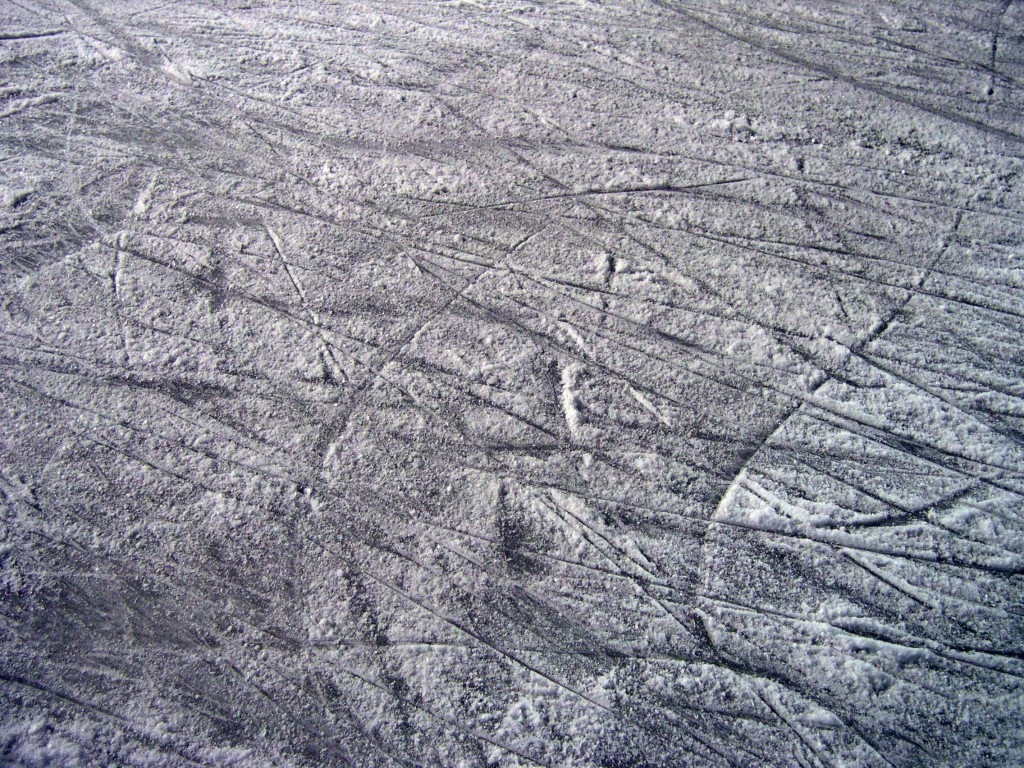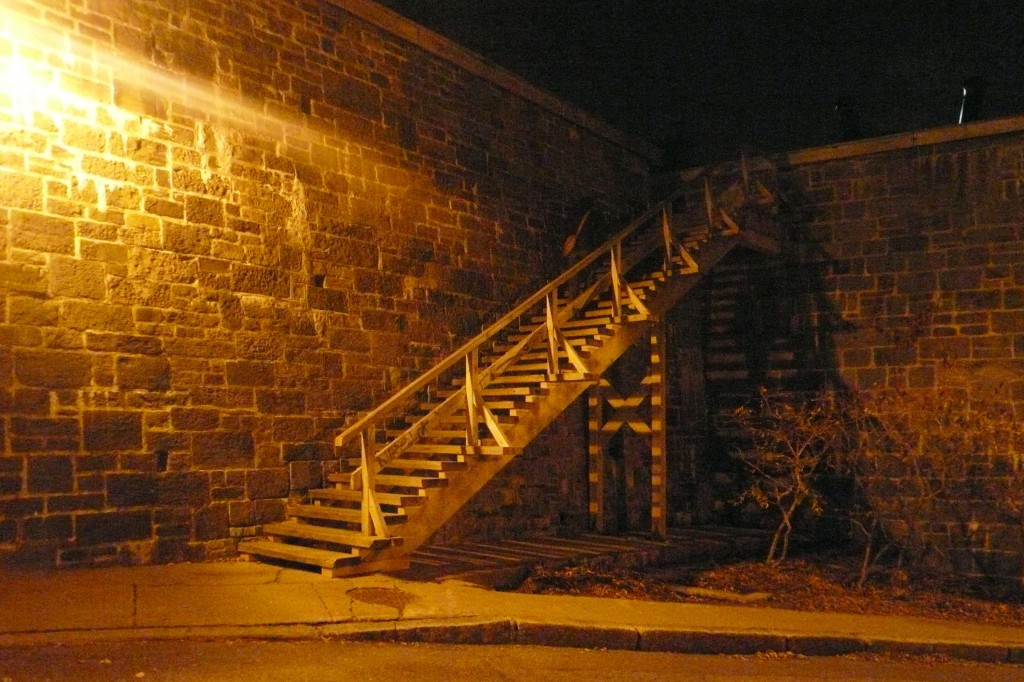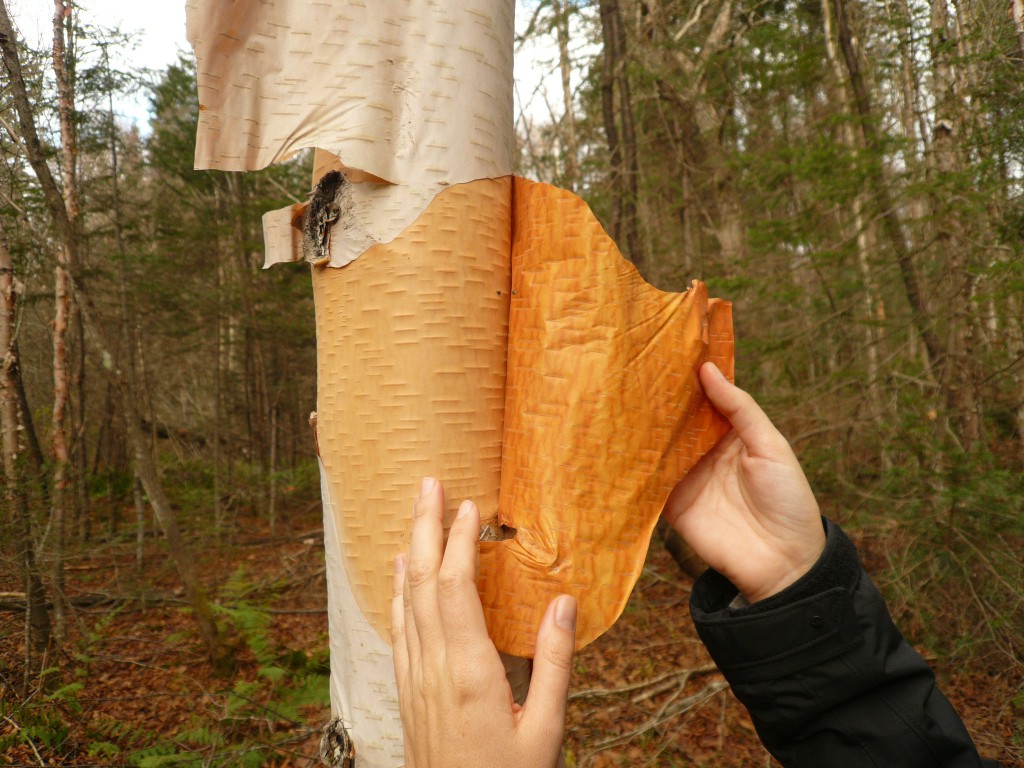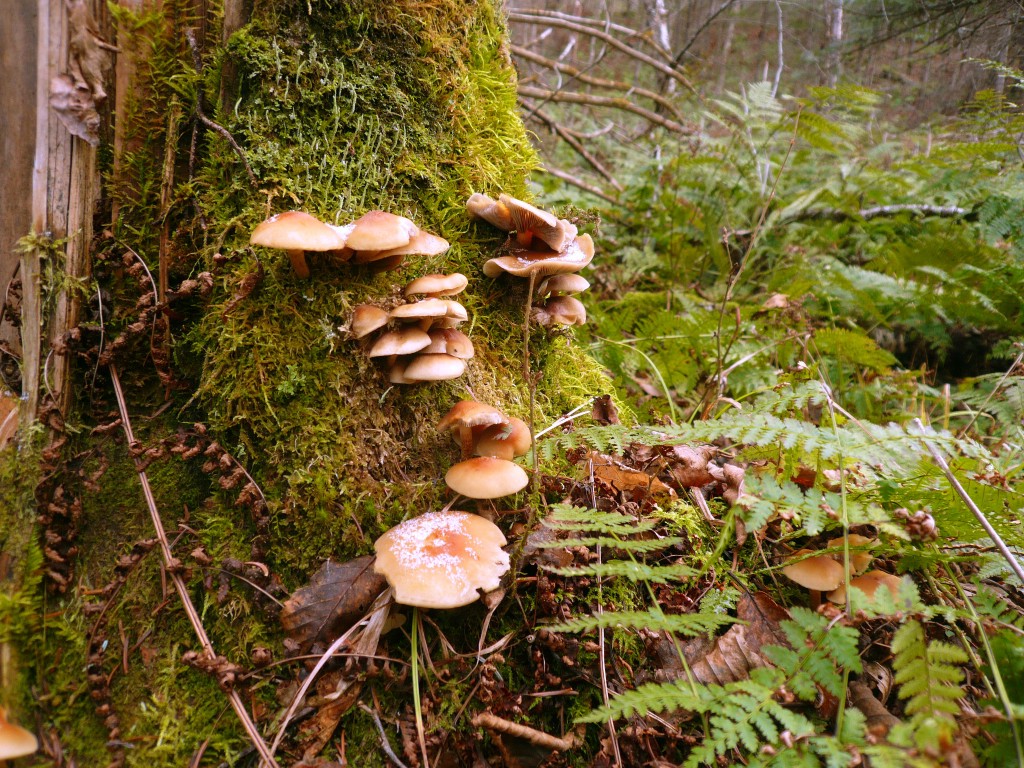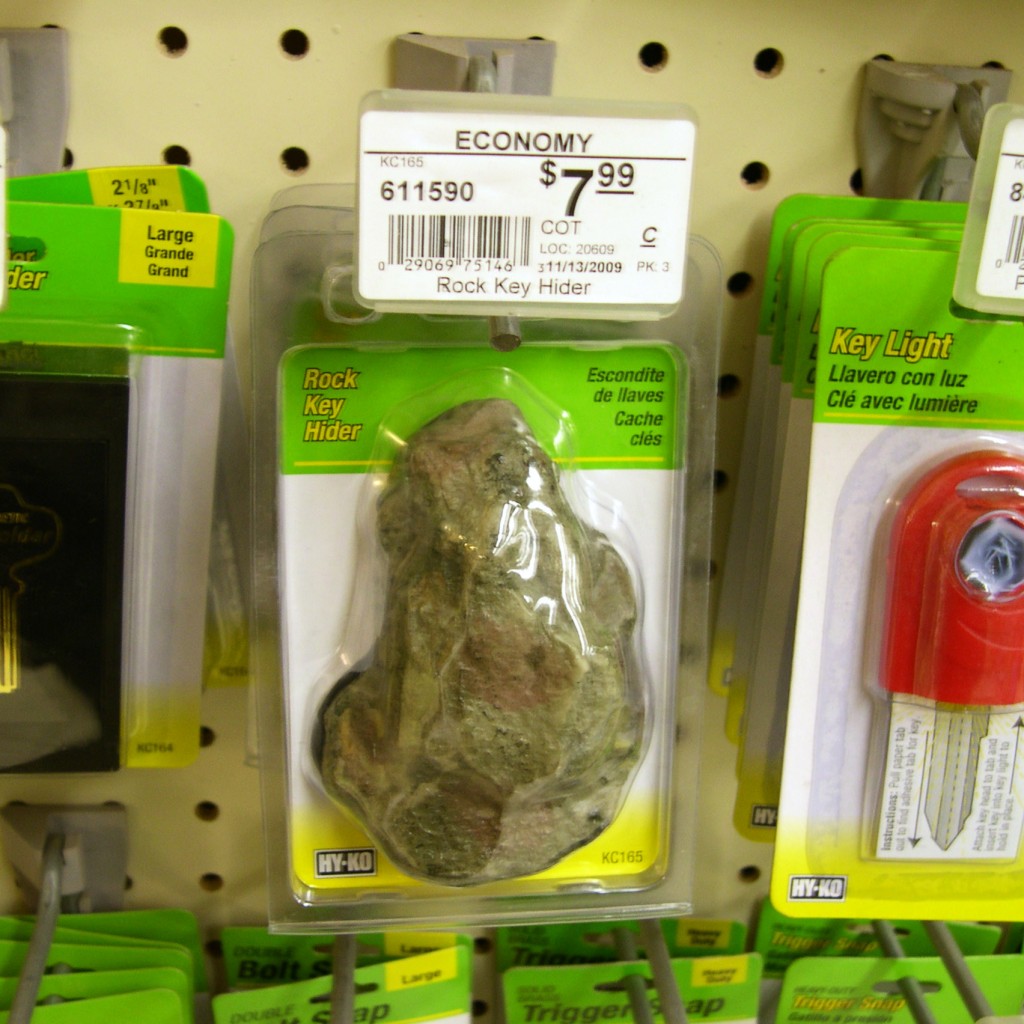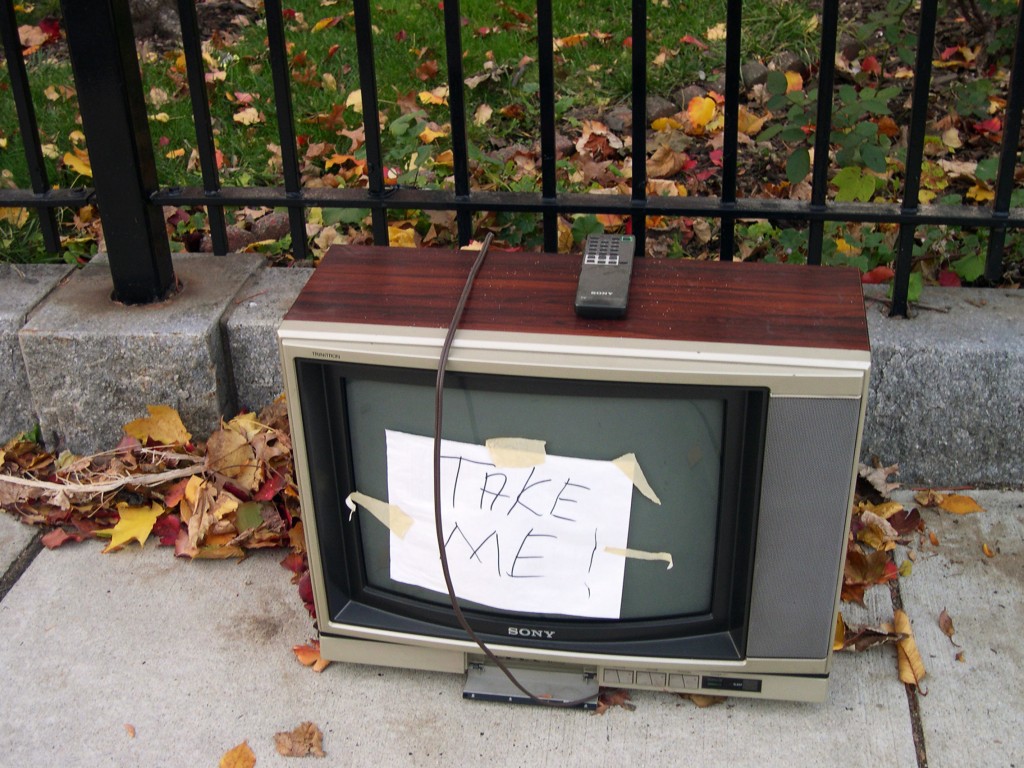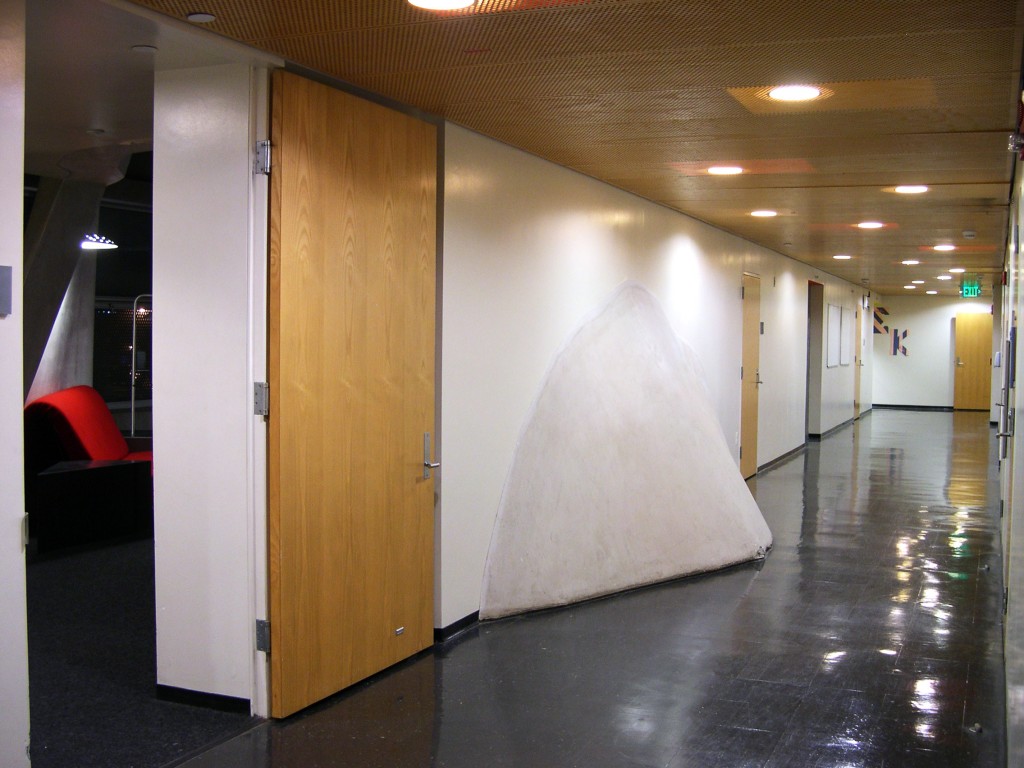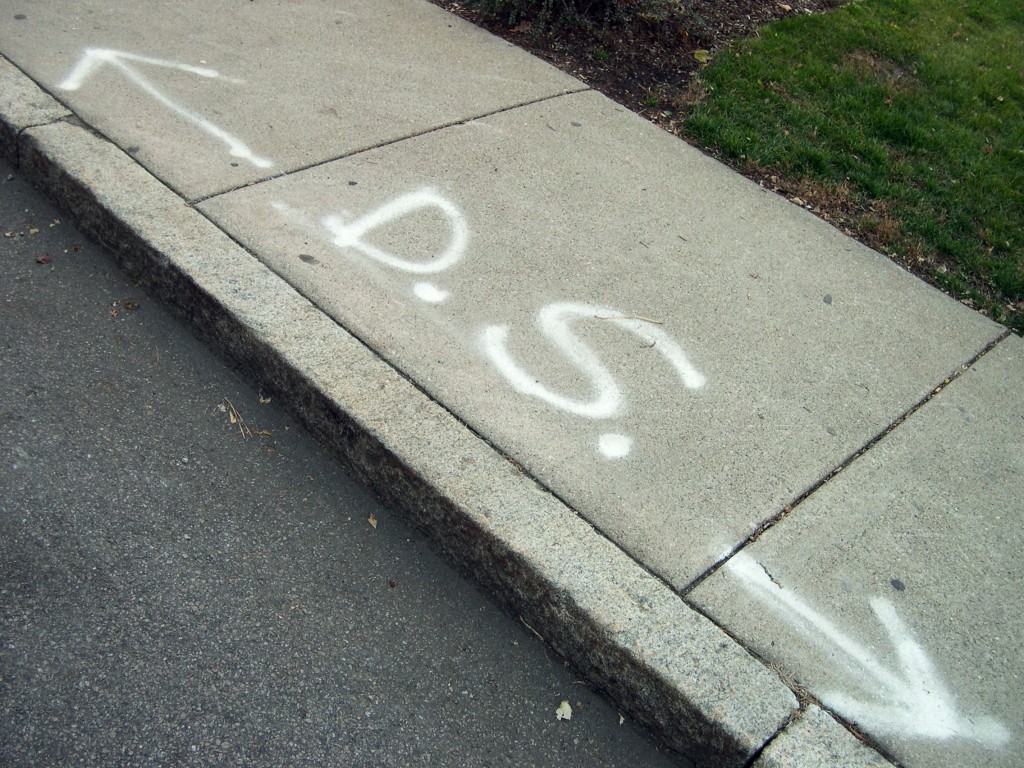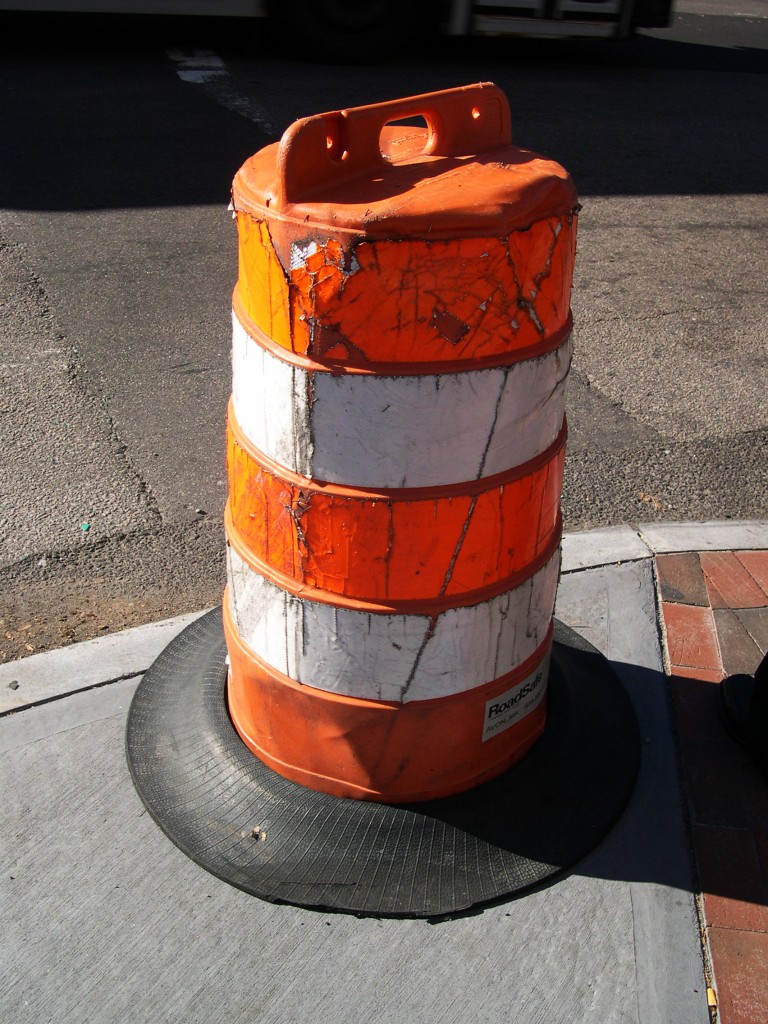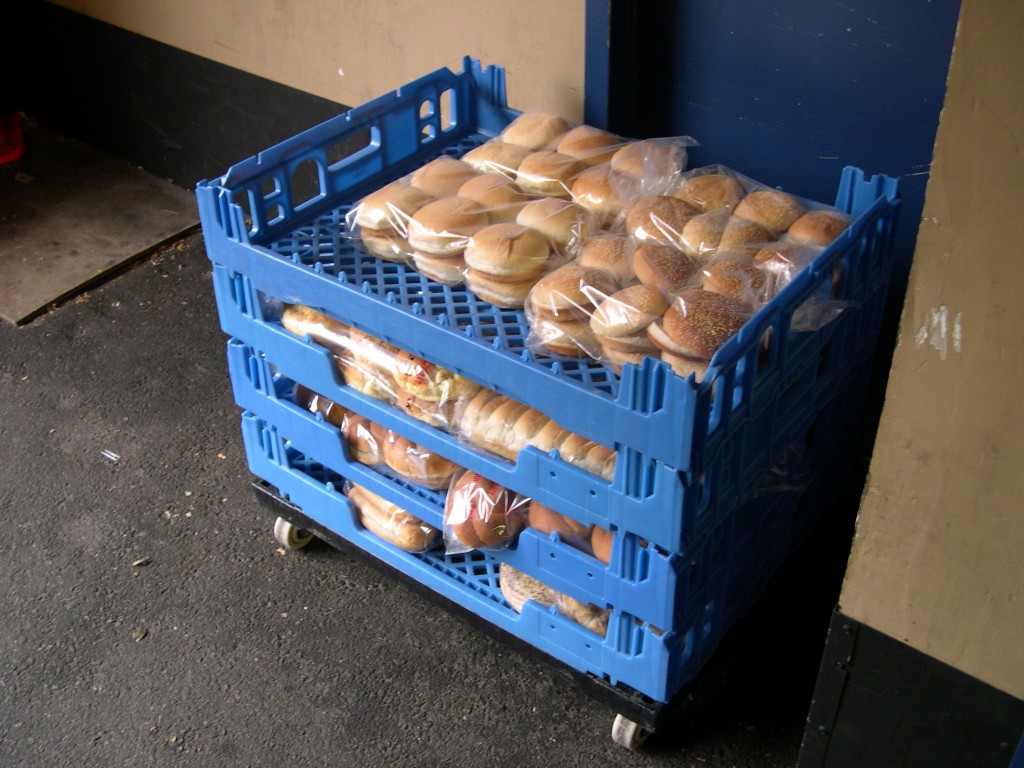After a while we are glad to announce brand new features in PageOneX.
We developed these features last summer, but until now they have not been available in the hosted version at pageonex.com. We worked with Juanjo Bazán (@xuanxu) in this.
Export a thread in raw format

Rebuilding the thread in R it is now possible. It also works for multiple newspapers. Here a cleaner version. Compare it with the thread in @PageOneX website. You can do it downloading Raw Areas Data json. R code available: https://t.co/4bVMRMbRws pic.twitter.com/gQXBhR2T1Y
— numeroteca (@numeroteca) May 10, 2019
Until now you could export the percentage of coverage per day and paper in json and spreadsheet, now there is an extra feature that allows you to export the raw data: the extact location of every area and all its classifications (read following feature). We are starting a new project pageonexR that allows you to import your threads to R and analyse their data.
Classify by multiple taxonomies
This new feature would add the capability to add extra information to drawn areas. A highlighted area could have multiple taxonomies and open fields.
Until this new release you could only classify each area with one taxonomy. For example, an area could be categorized as “International coveragae” but not as “International coverage” AND “Nigeria” AND “positive framing”. Now you can do it . This feature is only available for certain users. If you want to use it write a comment to this post. We are studying how to make this available for all the users.
Fork a thread

Another cool feature is that you can fork a thread in @pageonex.
If you see a thread that you like you can clone it and work on it! pic.twitter.com/BxsH9wq6Ub— numeroteca (@numeroteca) May 10, 2019
If you like another’s user thread: you can clone and edit it.

Edit and remove areas
Something basic that is now possible is to edit and delete areas in https://t.co/TSwWbvktjk. Very useful for everyone, specially for heavy users. Before you have to delete all the areas in a day to edit the category of one! @PageOneX pic.twitter.com/PosXAwteTl
— numeroteca (@numeroteca) May 10, 2019
Before you had to erase all the areas in a front page to remove one. Now you can remove them separately and re-classify them.
Another great thing is the new containerized versions of PageOneX. Rafa Porres (@walter_burns) developed it and Rahul Bhargava (@rahulbot) deployed it at Civic media server. Thanks for your support!!
Containeraized versions, make your own deployment
Pageonex is an open-source project. Thanks to Rafa Porres (@walter_burns) we have PageOneX ready to use in a docker container. In fact, the new containerized version is what we are using now in the production version at pageonex.com. If you don’t want to use the hosted version of pageonex at http://pageonex.com you have a few options to run it yourself. Read our documentation and choose the best option for you. We hope this helps other developers help extending the features of PageOneX.
- You can run pageonex locally using docker-compose and our generated images. This is the easiest way.
- You can run pageonex locally using docker-compose and building locally the docker images. This is recommended if you want to do some development.
- You can install pageonex locally compiling in your system all the needed files. This option is more advanced and it is only recommended if you’re doing heavy development.
- You can use our Docker images to deploy pageonex against your mysql database. This is an advanced setup that it is useful if you’re planning to maintain your own pageonex production environment.
